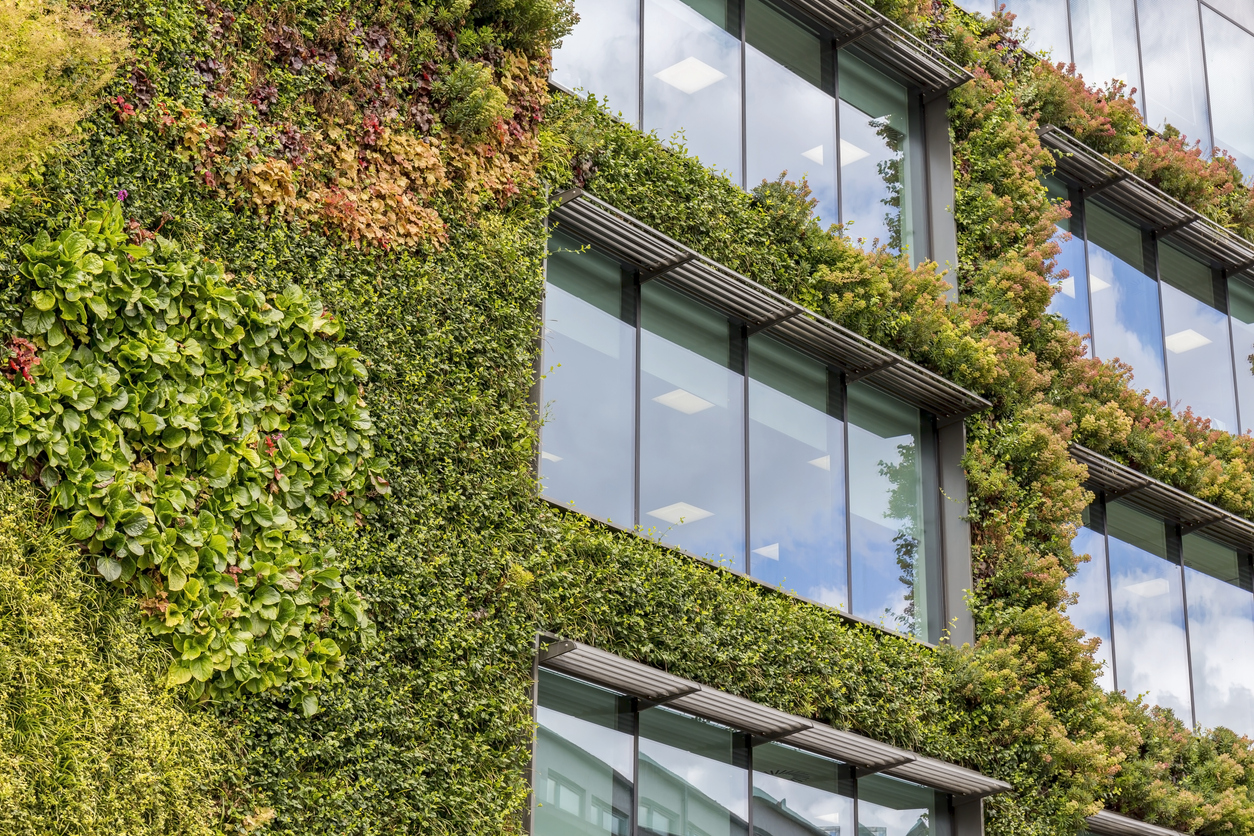ESG has become a key element for evaluation and decision-making in the business world. These criteria determine how a company should act in relation to the environment, society, and good governance. In this article, we will focus on the 'E', i.e. the environmental part of ESG, and its relevance to the sustainable buildings and construction industry.
Environmental aspects in ESG
The environmental aspect in the ESG criteria refers to how a company or organisation addresses environment-related challenges. This includes issues such as carbon footprint management, natural resource conservation, energy efficiency and the adoption of sustainable practices throughout the company's value chain.
ESG criteria are becoming crucially important in the corporate paradigm, as they define a set of requirements that companies must meet in order to adapt to the current environmental, social and economic times.
In the case of the building industry, it is essential that companies adapt their practices to meet these criteria. At Zero Consulting, we offer our expertise in sustainable building to help developers and industry players focus their activities on sustainability from buildings that are environmentally friendly and meet ESG standards.
1. Establishment of quantified environmental objectives
The first step for any company, regardless of its sector, is to set measurable objectives and corresponding indicators. In other words: to improve, it is essential to have reliable data and an accurate view of our current situation. Without objectively knowing our current environmental impact, we will not be able to improve effectively.
The main indicator when talking about sustainability is CO2 emissions. To obtain an accurate number of the emissions our company is generating, we must carry out an LCA, an aspect we develop in the second-best practice highlighted in this article.
Some examples of environmental objectives that companies in the building industry could set in terms of environmental management are:
- Reduce your total carbon footprint by 10% from one year to the next
- Recycle 85% of the waste on site
- Achieve that 90% of a building's energy comes from renewable sources
2. Carbon footprint measurement
The carbon footprint corresponds to the total carbon emissions generated by an activity or company. As we mentioned earlier, this is the most important indicator when we talk about sustainability in a company.
The way to obtain accurate data on carbon emissions is through a Life Cycle Analysis (LCA). It is a methodology that measures the environmental impact of a product, process, or system throughout its entire life cycle.
Measuring our corporate carbon footprint is a must when it comes to sustainability when we talk about the E of ESG criteria, as it will define a starting point from which to improve.

Operational carbon balance of a real estate portfolio
3. Renewable energy and energy efficiency
The adoption of renewable energy sources and the improvement of energy efficiency are fundamental pillars of solid corporate environmental management. Companies can reduce their carbon footprint and reduce their dependence on fossil fuels by investing in photovoltaics, wind or other renewable energy sources.
In addition, the implementation of energy efficiency measures, such as upgrading equipment and lighting systems or optimising energy management in the facilities, reduces operating costs and minimises environmental impact.
The ultimate goal is to construct nearly self-sufficient or nearly zero-energy-use buildings, also known as nZEB buildings.

4. Boosting the circular economy
In the context of sustainable building, the circular economy is a fundamental pillar transforming the way we design and execute construction projects. Construction companies and projects can adopt this approach by using recycled and recyclable materials, reducing construction and demolition waste, and promoting the reuse of existing structures whenever possible, that is, opting for renovation over new construction.
This perspective, applied from the initial stages of the construction process, not only reduces the environmental impact but also brings economic benefits by optimizing resources and minimizing costs.
5. Biodiversity conservation
The conservation of biodiversity is another good practice to consider when developing the environmental part of the ESG criteria. In this case, we can point out that it is particularly important in sustainable certifications such as LEED or BREEAM, which rigorously evaluate the environmental impact of construction projects.
These certifications recognize efforts in the protection and promotion of local biodiversity. Companies must carefully consider biodiversity conservation in their planning and execution. This involves identifying areas of high ecological value on the construction site and implementing strategies to minimise the impact on these sensitive ecosystems.
Ultimately, applying a sustainable perspective to any company may not be a difficult task if one has the necessary experience and knowledge. These are just some of the best practices that can be applied to sustainable environmental management in a company in the building industry. Sustainability is no longer an unattainable goal; it has become a viable reality thanks to the vision and concrete actions of those companies that are committed to sustainable building and ESG criteria.


